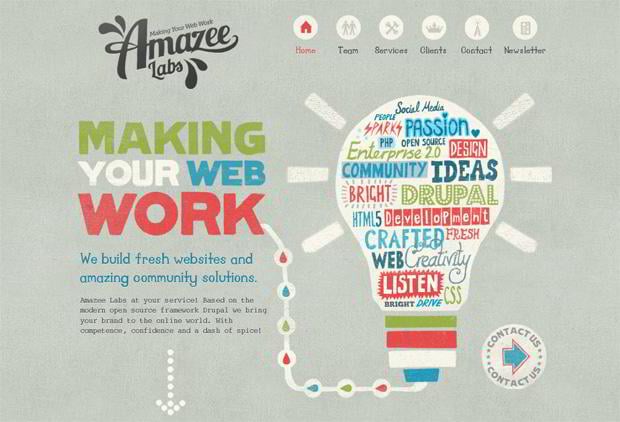Keen To Discover Exactly How Internet Site Style Has Changed Gradually? Dive Into The Advancement From Simplicity To User-Focused Experiences.
Keen To Discover Exactly How Internet Site Style Has Changed Gradually? Dive Into The Advancement From Simplicity To User-Focused Experiences.
Blog Article
Write-Up Author-Lamb Bowles
In the past, sites were easy and concentrated on info. Navigation was direct, and layout was for desktops. Now, user experience is vital. Data overviews layouts for simple navigation. Receptive designs match various devices. Today, dark mode reduces pressure, and minimal menus enhance navigating. Interactive attributes involve individuals, and bold visuals stand apart. AI integration increases involvement. See how design has actually developed to boost your on the internet journey.
Very Early Days of Website Design
In the early days of website design, simpleness preponderated. Internet sites were basic, with minimal shades, fonts, and designs. The emphasis was on providing information instead of flashy visuals. Customers accessed the internet via sluggish dial-up connections, so rate and performance were vital.
Navigation menus were straightforward, typically located on top or side of the web page. Web sites were made for desktop computers, as mobile browsing had not been yet widespread. Content was king, and designers focused on simple readability over intricate design elements.
HTML was the primary coding language made use of, and developers needed to work within its restraints. Animations and interactive functions were minimal contrasted to today's standards. Web sites were fixed, with little vibrant web content or personalized user experiences.
Rise of User-Focused Design
With the development of site style, a change in the direction of user-focused design concepts has actually ended up being increasingly noticeable. Today, developing web sites that focus on customer experience is critical for involving visitors and accomplishing business objectives. User-focused style involves comprehending the needs, choices, and actions of your target audience to tailor the website's layout, material, and features as necessary.
Designers now conduct comprehensive study, such as customer studies and usability screening, to collect understandings and feedback straight from individuals. This data-driven strategy assists in creating user-friendly navigation, clear calls-to-action, and aesthetically attractive interfaces that reverberate with visitors. By putting the individual at the center of the layout process, internet sites can provide a more customized and enjoyable experience.
Responsive layout has likewise become a vital facet of user-focused style, ensuring that web sites are enhanced for numerous devices and display dimensions. Read Home enhances availability and use, accommodating the varied means individuals interact with web sites today. In essence, the increase of user-focused layout represents a change towards producing electronic experiences that focus on the demands and expectations of completion customer.
Modern Trends in Web Design
Discover the most up to date fads forming website design today. One prominent pattern is dark mode design, offering a streamlined and modern-day look while minimizing eye stress in low-light atmospheres. Another key pattern is minimalist navigating, streamlining menus and boosting customer experience by concentrating on essential elements. Integrating https://local-seo-services39506.wssblogs.com/29908609/discover-the-art-of-crafting-headlines-that-arrest-interest-and-ctas-that-convince-leading-the-way-for-an-effective-ppc-project -interactions, such as animated buttons or scrolling results, can develop a more appealing and interactive website. Receptive style continues to be essential, guaranteeing smooth customer experiences throughout numerous devices. Furthermore, using bold typography and unbalanced layouts can include aesthetic interest and draw attention to details web content.
Integrating AI technology, like chatbots for consumer support or customized recommendations, boosts individual involvement and enhances processes. Accessibility has additionally come to be a significant fad, with developers prioritizing inclusive style techniques to satisfy diverse customer needs. Embracing sustainability by enhancing website performance for speed and efficiency is an additional emerging fad in website design. Collaborating with customer feedback and data analytics to iterate and improve design continuously is important for remaining pertinent in the ever-evolving electronic landscape. By embracing these modern patterns, you can develop a visually attractive, straightforward internet site that resonates with your audience.
Final thought
As you reflect on the advancement of website layout from the early days to now, you can see just how user-focused style has actually ended up being the driving force behind modern-day trends.
Accept the journey of modification and adaptation in web design, always keeping the user experience at the forefront.
Keep present with the latest patterns and innovations, and never ever stop progressing your strategy to develop aesthetically stunning and straightforward websites.
Evolve, adapt, and develop - the future of web design remains in your hands.
